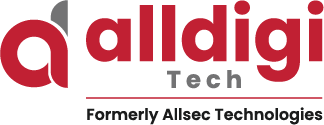
Fast is fine, but accuracy is everything.
Payroll Management has become a significant area of expertise over the years, with a rise in complex and dynamic compensation structures. The payroll function deals with all records relating to compensation and can track vital information such as employee salaries, bonuses, benefits, costs, leave and tax computations.
The crux of payroll processing lies with the collection of ‘data’ – also known as Inputs – that form the very structure of the payroll system. The quality of Payroll Deliverables (Output) is directly proportionate to the quality of inputs that have been fed into the system. The sum total of all employee related information that goes into payroll processing is known as Input Management.
Despite being a standardized process, there are many variables which this process of input management depends on. The fundamental backbone of error-free payroll deliverables hinges on sanitized and accurate Input Management. The path between input and output of information is where organizations ought to tread carefully. Many a time, human error may mar the process of input collation, which has diverse stakeholders (finance, HR, operations) who provide information to process payroll.
While some companies used simple, unsophisticated, and standard emails to exchange information with SPOCs, multiple iterations and validation processes have made this method obsolete. As an improvement to the method, the demand for macros-enabled excel sheets has risen in order to validate the input data. However, this is just marginally better than email exchanges since pre-validation ensures only a certain level of accuracy. Since a higher onus for accuracy falls on the functional stakeholders, this method of Input Management is rendered half-baked.
To further sanitize the input process and increase the level of accuracy, software applications have been created to interface directly with ERPs of HR and finance where the input resides. This data is subsequently pushed into the back end payroll engine for processing. In fear of a data or security breach, however, many companies have taken to dropping data/inputs in a neutral zone (much like Dropbox) from which the payroll processor picks up necessary input. This ensures both accuracy and security of information shared amongst various stakeholders.
While there still are many ways to execute input processing, automating the system has risen to be the clear winner when it comes to accurate and meaningful implementation. Payroll is increasingly being looked upon as a distinct field of expertise. An increasing number of organizations choose to invest in automation of the payroll process, leading to not just operational agility but also higher levels of employee satisfaction.


